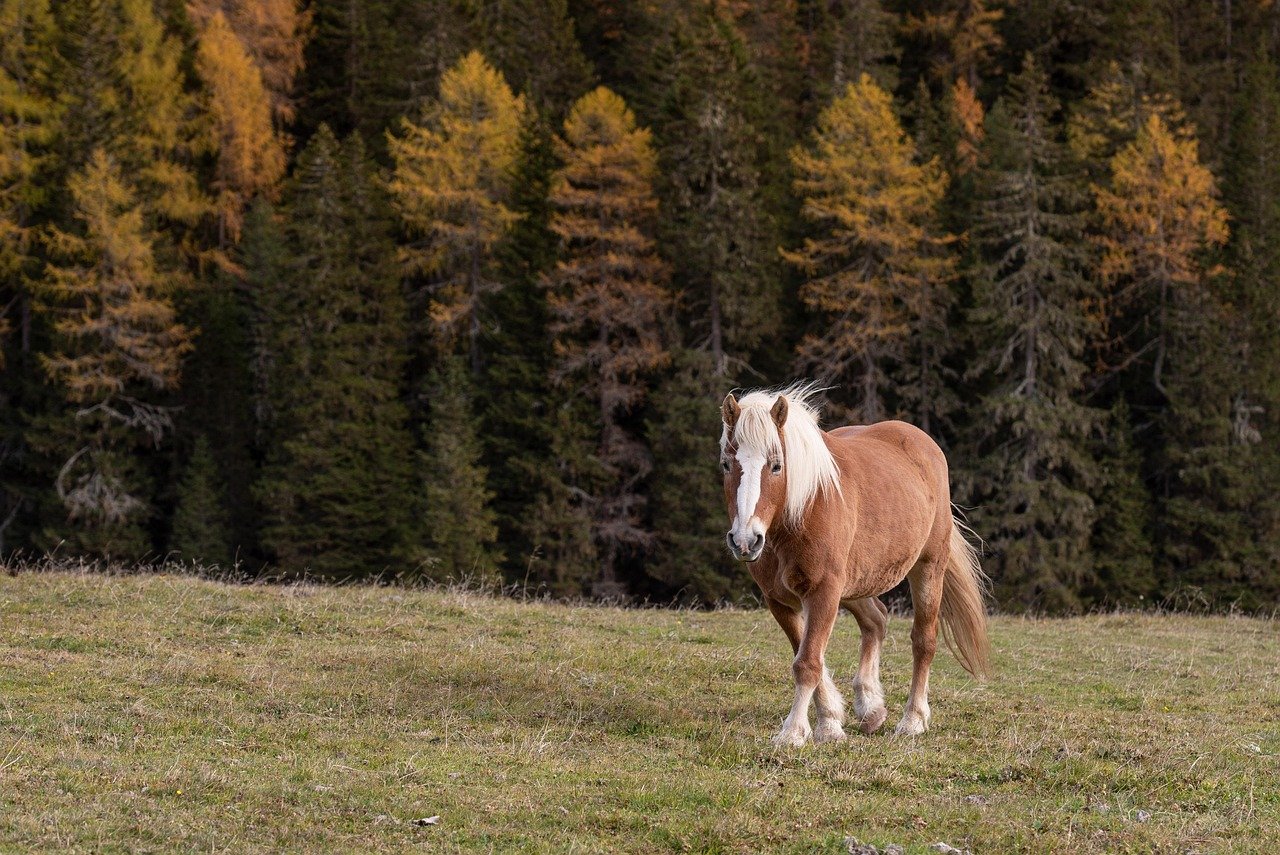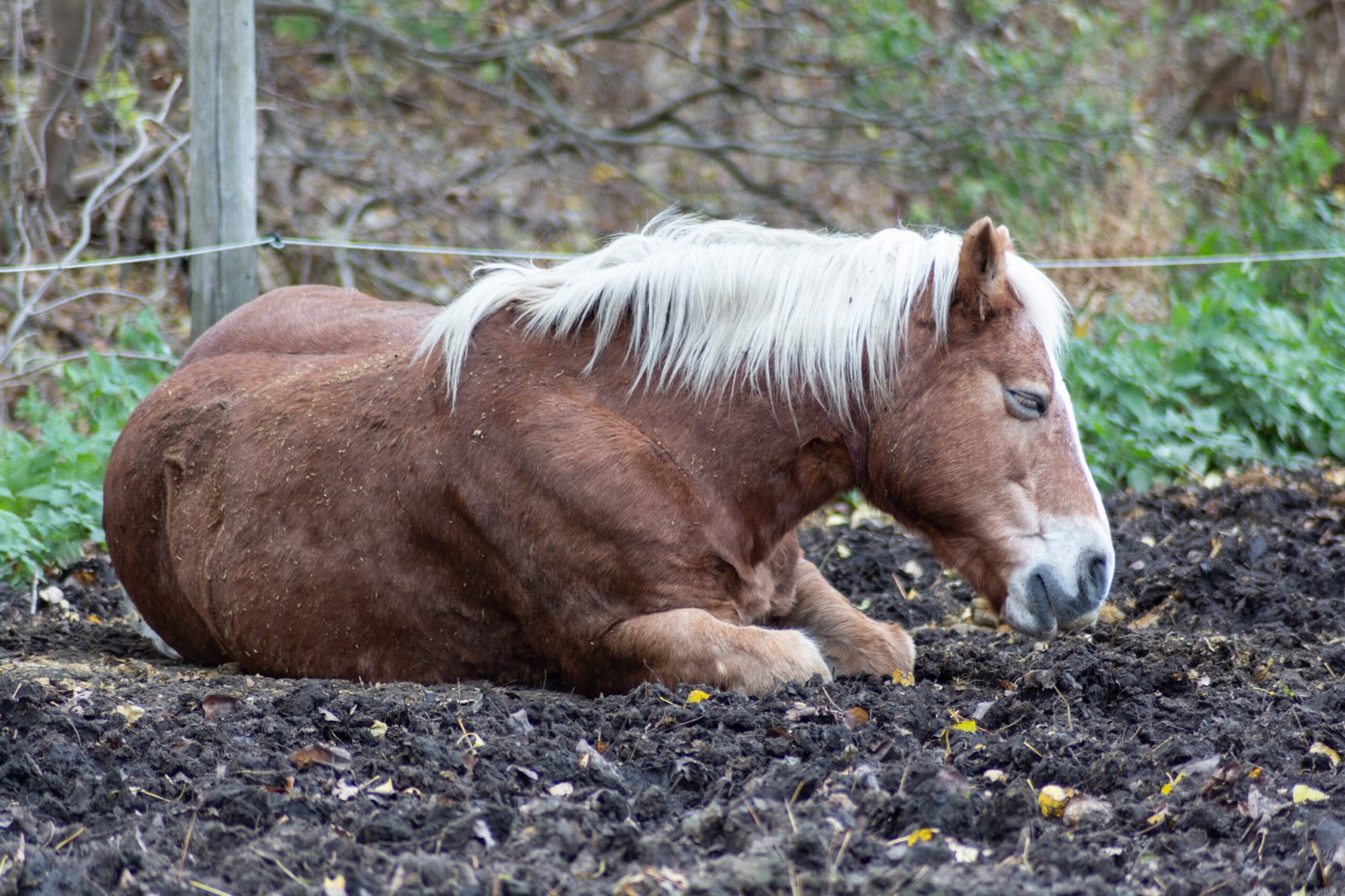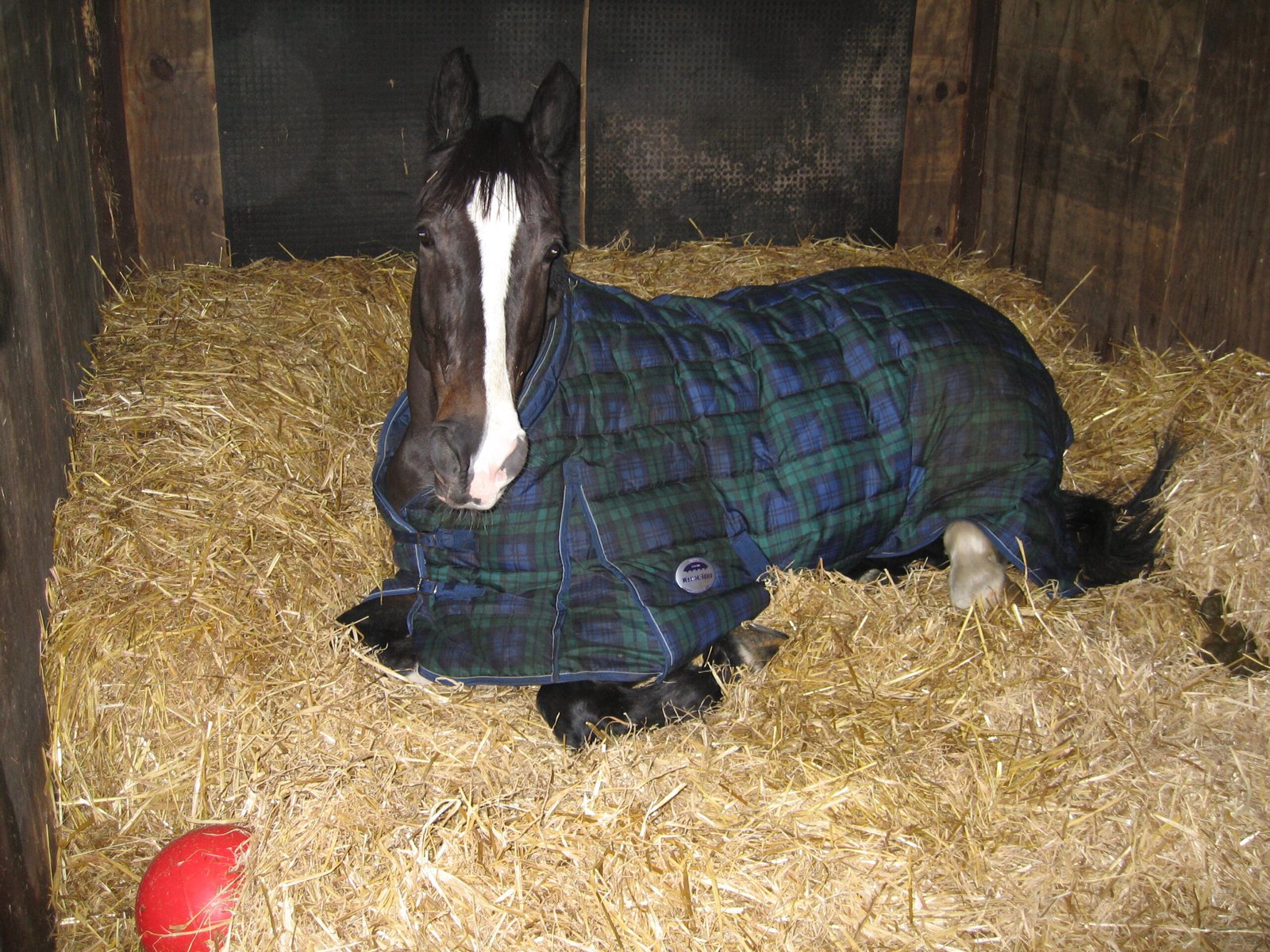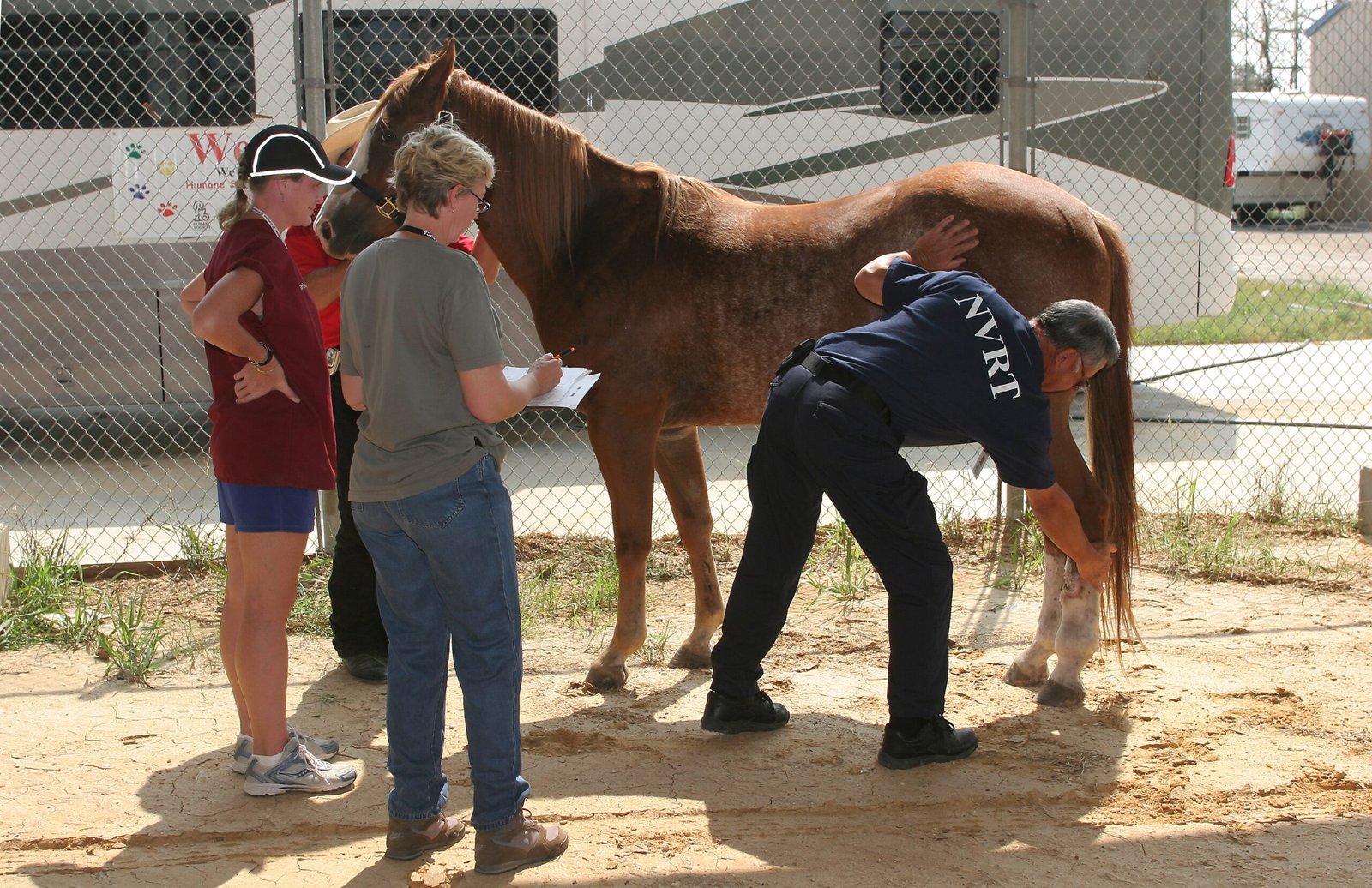Lameness in horses can be subtle at first, but catching it early makes a world of difference. From a slight head bob to a change in stride or reluctance to move, your horse may be giving off quiet signs that something’s not right. Knowing what to look for and acting quickly can prevent minor issues from becoming major problems. Regular hoof checks, proper shoeing, and a watchful eye are all part of good horse care. After all, keeping your horse sound means keeping them happy, healthy, and ready to ride. If you’re a horse lover, you know just how gut-wrenching it is to see your companion in pain. Let’s dive into the must-know facts and practical tips that can help you spot lameness before it becomes a crisis.
Understanding What Lameness Really Means

Lameness in horses is more than just a limp; it’s a signal that something is wrong with their movement or comfort. It can result from issues in the legs, hooves, joints, or even the back and neck. The causes range from simple bruises to more complex problems like ligament injuries or arthritis. Sometimes, lameness is obvious—a horse won’t put weight on a leg. Other times, it’s as subtle as a shortened stride or refusing to pick up a particular lead. Knowing what lameness means is crucial because it helps you look beyond the surface and recognize early warning signs before they become severe.
Why Early Detection Matters

Catching lameness early can dramatically change your horse’s outcome. The quicker you spot a problem, the sooner you can get professional help and prevent further injury. Horses are stoic animals and often hide pain until it becomes unbearable. Early intervention can mean the difference between a minor setback and a long-term issue that could end your horse’s riding days. Think of it like noticing a tiny crack in your windshield—ignore it, and it might shatter. Act fast, and you can fix it before it spreads. Being vigilant isn’t just about protecting your horse’s health; it’s about preserving the partnership you cherish.
Common Signs of Lameness to Watch For
Some signs of lameness are classic, while others are surprisingly easy to overlook. The most obvious is limping, but watch for head-bobbing, dragging toes, or an uneven gait. A horse that suddenly resists saddling, refuses jumps, or seems grumpy could also be trying to tell you something hurts. Changes in behavior, like reluctance to move or sudden laziness, often signal discomfort. Pay attention to swelling, heat, or sensitivity in the legs and hooves. Even subtle changes in how your horse stands—like favoring one leg or shifting weight—should raise a red flag.
Daily Checks: Your First Line of Defense

A quick daily inspection can make all the difference in early detection. Run your hands down your horse’s legs and feel for heat, swelling, or tenderness. Pick up each hoof and check for stones, cracks, or unusual smells. Watch your horse walk and trot in a straight line and on a circle. Don’t skip checking for subtle things like how your horse stands in the stall or pasture—do they avoid putting weight on one leg or rest a hoof more than usual? Routine checks not only keep you in tune with your horse’s normal but also help you catch changes before they become big problems.
The Role of Hoof Care in Preventing Lameness

A healthy hoof is the foundation of a sound horse. Regular trimming and shoeing by a knowledgeable farrier prevent imbalances that can lead to strain and injury. Overgrown or cracked hooves can quickly spiral into lameness if left unaddressed. Pick out hooves daily to remove debris and spot issues like thrush or abscesses early. Don’t underestimate the power of good footing—mud, rocks, and uneven ground can all contribute to hoof problems. Think of hoof care as routine maintenance for your car’s tires—skip it, and you’re bound to run into trouble.
What to Do When You Suspect Lameness

If you notice any signs of lameness, don’t panic—but don’t ignore it, either. Start by moving your horse to a safe, comfortable area and restrict their movement. Check for heat, swelling, or wounds. Record which leg seems affected and any changes in their movement or behavior. Contact your veterinarian promptly, describing what you’ve observed. Avoid giving pain medication unless instructed, as this can mask symptoms and make diagnosis harder. Quick, calm action can make all the difference in getting your horse the right care at the right time.
The Importance of Professional Evaluation

Even experienced horse owners can miss subtle signs or misjudge the seriousness of lameness. A veterinarian brings expertise, tools, and diagnostic methods like flexion tests or X-rays that are essential for accurate diagnosis. They can pinpoint whether the problem is in the hoof, joint, or soft tissue and recommend a tailored treatment plan. Sometimes, what looks like a simple bruise can be a deeper issue. Trusting professionals doesn’t mean you’re not a good horse owner—it means you care enough to get the best help for your horse.
Building a Lameness Prevention Routine
Prevention is always better than cure. Develop a routine that includes regular exercise, balanced nutrition, and appropriate turnout to keep your horse fit and muscles strong. Make sure your horse’s tack fits well and isn’t causing pressure points. Schedule regular vet and farrier visits, and keep records of any past injuries or issues. Encourage your horse to move naturally—long hours in a stall can contribute to stiffness and muscle loss. By staying proactive, you give your horse the best chance to stay sound and happy for years to come.
Spotting lameness early isn’t always easy, but it’s one of the best things you can do for your horse’s long-term health. By staying tuned in to subtle changes in their movement or behavior, you can catch issues before they get serious. With the right care and attention, you’ll help your horse stay comfortable, active, and thriving. A little prevention goes a long way in keeping those hooves happy!

Andrew Alpin from India is the Brand Manager of Doggo digest. Andrew is an experienced content specialist and social media manager with a passion for writing. His forte includes health and wellness, Travel, Animals, and Nature. A nature nomad, Andrew is obsessed with mountains and loves high-altitude trekking. He has been on several Himalayan treks in India including the Everest Base Camp in Nepal.





